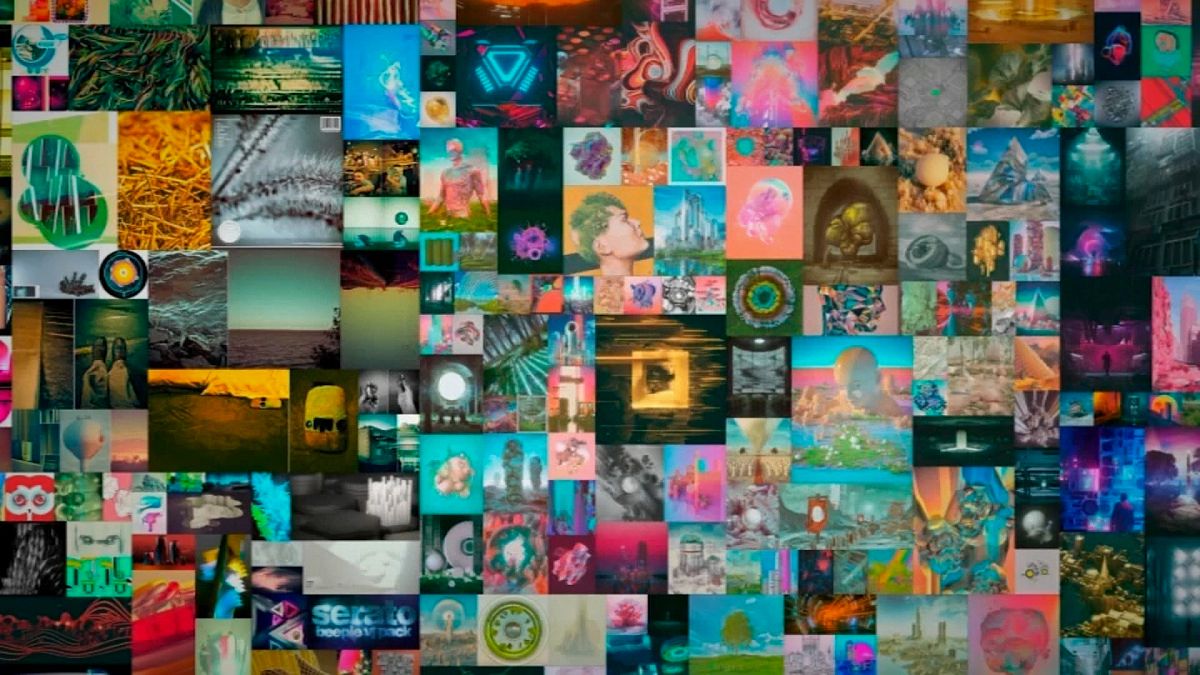In this special review of culture in 2021 we take a look at some of the most significant developments in the world of culture over the past 12 months.
Cultural events and venues were hit badly by the fallout from COVID-19 this year. The answer for many institutions was to turn to digital tech. The art and fashion world in particular saw major technological and ethical transformations. In this special culture review we take a look at some of the most significant developments in the world of culture over the past 12 months.
A special year for culture
Nearly all European theatres, museums and galleries were forced to shut, with the exception of Madrid. Whether it was London, Paris, Rome, Berlin, Athens or Amsterdam, most cultural venues didn't open to the public until spring - even then, strict health and safety measures remained in place.
Faced with a creative sector in crisis, the European Parliament agreed to increase significantly its budget for culture - 2.4 billion euros over the next 7 years. It was a sum that almost doubled the previous amount given. That extra support was clear recognition of the important role Europe’s creative sector plays, both economically and socially.
More sustainable fashion
For the fashion world, the pandemic only accelerated change that was already underway. Taxed as a polluting industry, particularly during fashion weeks, the ready-to-wear and haute couture sector was forced to reinvent itself - most notably by offering virtual shows for the first half of the year.
In September, the Milan, New York and Paris Fashion Weeks resumed for only a limited period, while shows this winter face the prospect of being compromised due to a new wave of Covid.
A good year for art
One sector that is booming is the art market with auction houses breaking new records. A small painting by renaissance master Boticelli fetched a staggering 80 million euros at the start of the year while Basquiat became the most expensive contemporary artist in the world.
The big trend this year was the explosion of Non-fungible Tokens, or NFTs, and the rise of digital art guaranteed by Blockchain. These too are breaking records at auction. The most famous of which is Beeple, who is now in the top three of most valuable living artists.
Art is coming home
Another big development this year was the return of looted art and artefacts to their countries of origin. The UK began things by returning a bronze to Nigeria in autumn. Germany plans to do the same next year, and France, in the presence of President Macron, handed back 26 ancient treasures to Benin plundered from Africa more than a hundred years ago.
